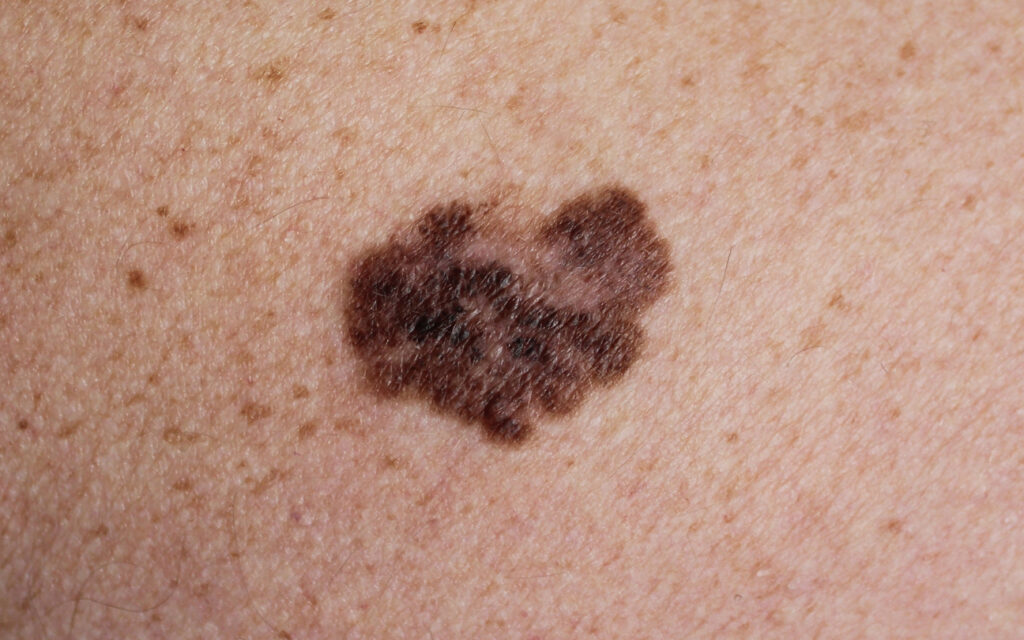Age-related changes in the fibroblasts may contribute to the development of aggressive, treatment-resistant melanoma in males, according to new research in mice and human fibroblasts.
Ashani Weeraratna, PhD, the Bloomberg Distinguished Professor, E.V. McCollum Professor, and chair of the Department of Biochemistry and Molecular Biology at Johns Hopkins in Baltimore, MD, and colleagues have demonstrated that age-related changes in the tumor microenvironment contribute to cancer outcomes. For this study, the team wanted to find out if age- and sex-related changes might interact to contribute to sex-linked disparities in melanoma.
In previous research, Weeraratna and colleagues showed that age-related changes in fibroblasts promote the spread of melanoma tumor cells and lead to worse outcomes. The new study confirms that fibroblasts age differently in men and women, and the age-related changes that occur in male fibroblasts contribute to more aggressive melanomas.
When they transplanted melanoma tumor cells into aged male or female mice, they found more DNA damage accumulated in cells transplanted in the male mice. It didn’t matter whether the transplanted tumor cells came from male or female mice.
“It’s not the male or female tumor cell itself,” she explains. “Age-related changes in male fibroblasts that make up the tumor microenvironment account for differences in DNA damage.” confirms that fibroblasts age differently in men and women, and the age-related changes that occur in male fibroblasts contribute to more aggressive melanomas.
In experiments comparing aged human male and female fibroblasts, they discovered that the male fibroblasts accumulated reactive oxygen species that stress and damage cells. They also found that the aged male fibroblasts produce higher levels of bone morphogenic protein 2 (BMP2).
Ramping up BMP2 production using either genetic or recombinant protein approaches causes melanoma cells to become more invasive and resistant to targeted anticancer therapies. Blocking BMP2 production using a natural inhibitor makes them more sensitive to anticancer therapies in both male and female mice.
Currently, most preclinical cancer studies use young mice. However, Weeraratna shows that studying cancer in older mice and aging human cells is essential.
“We also need to understand whether men and women respond differently to therapies, and better tailor their therapy to both sex- and age-related differences,” she says.
Weeraratna and her team are now studying how age- and sex-related changes in immune system cells surrounding melanoma cells affect how well the tumors respond to immune cell-boosting therapies increasingly used to treat melanoma. They would also like to study age- and sex-related changes in other cancers.
The study appears online in Cell.


